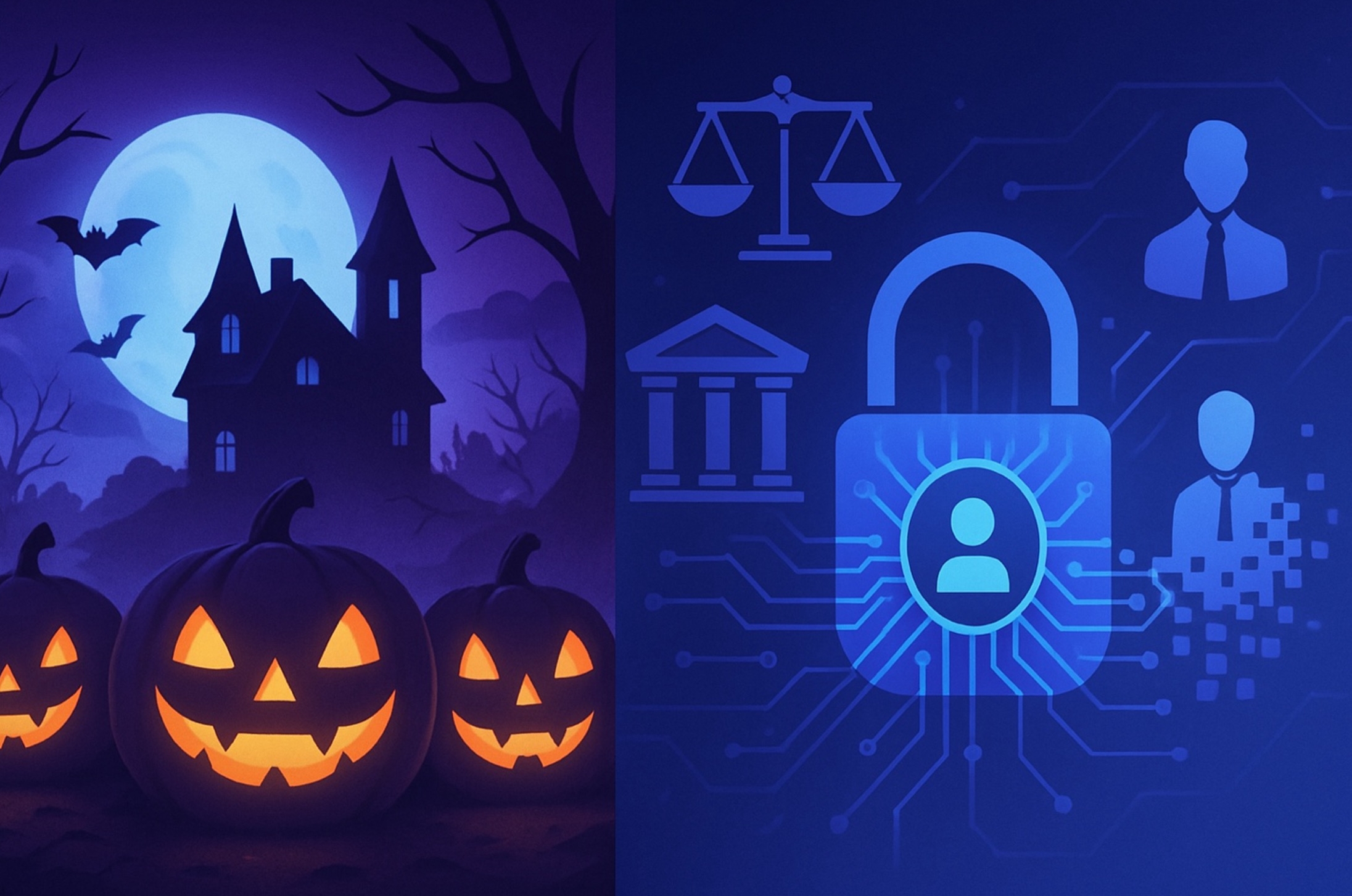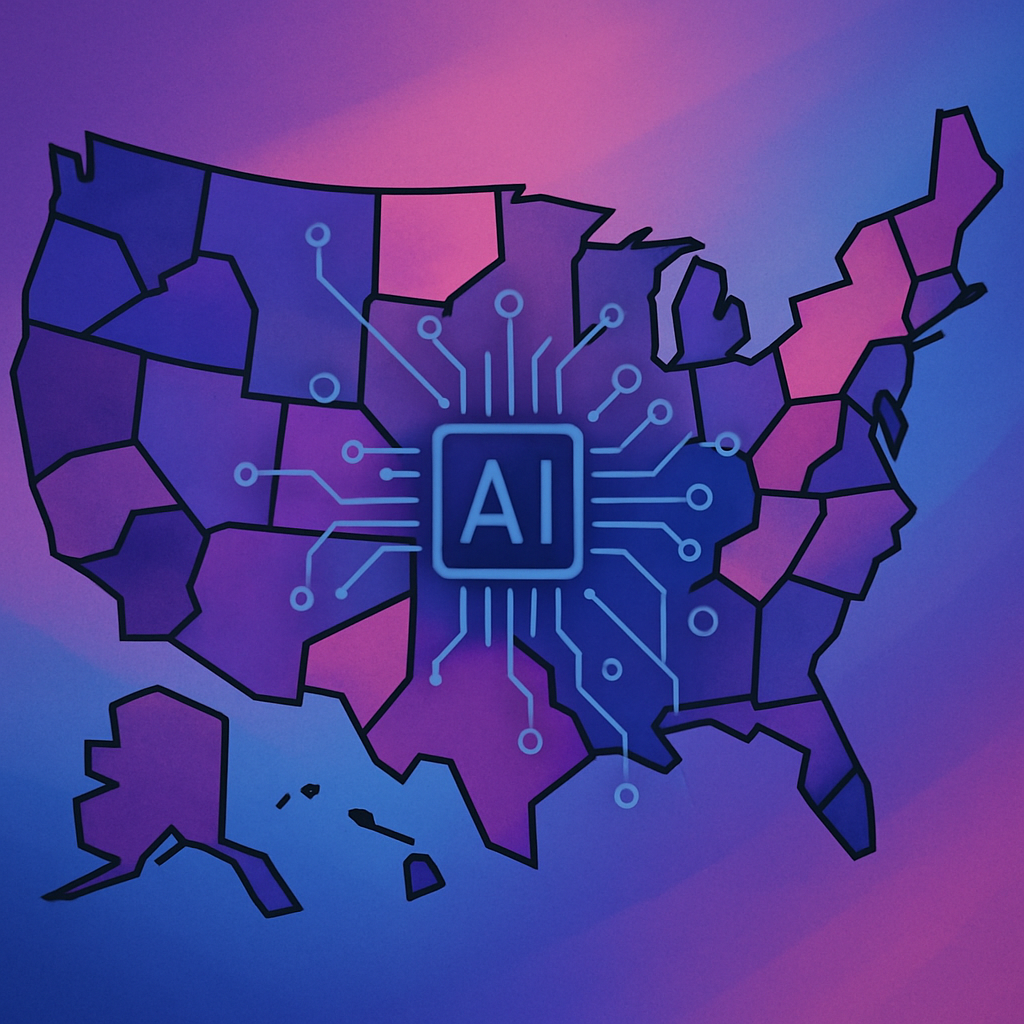As Independence Day approaches, the idea of freedom is top of mind for many across the US. Yet in today’s AI-driven enterprises, that freedom often comes with hidden dependencies. The question these companies should be asking: How free are we, really?
Most organizations aren’t building AI systems from the ground up—they’re assembling them from a growing mix of open-source models, third-party APIs, and external tools. This modular approach accelerates development, but it also introduces a critical blind spot: you’re relying on systems you didn’t train, vendors you don’t control, and behaviors you can’t fully see.
According to Gartner by 2026, 80% of unauthorized AI activity will stem from internal governance failures—not external threats—including oversharing, misuse, and poorly governed third-party systems.
This isn’t just a supply chain issue. It’s a governance issue—and it’s quietly reshaping the risk landscape for enterprise AI.
Earlier this year, Cranium CEO Jonathan Dambrot testified before the U.S. House Homeland Security Subcommittee on this very issue—underscoring that governance of third-party and internal AI systems is not just a corporate priority, but a national security imperative.
So before the fireworks start, it’s worth asking:
Are you truly independent from the unseen risks hiding in your AI stack?
Independence Requires Visibility
Modern AI development is rarely done in isolation. From foundational models to pre-trained agents and API-based services, third-party AI is now deeply embedded across enterprise stacks. But here’s the catch: you can’t secure what you can’t see.
Many teams are unknowingly introducing risk by relying on external models without fully understanding how they were trained, what data they use, or whether they meet internal security, compliance, and ethical standards. And when something goes wrong, the damage isn’t isolated. MIT has found that errors or misuse of third-party AI tools “leads to reputational damage and loss of customer trust, financial losses, regulatory penalties, and even litigation.”
This Isn’t Just a Supply Chain Problem. It’s a Governance Problem.
AI governance requires more than than contracts and blind trust. It calls for new tools that bring transparency to AI supply chains and governance frameworks that treat third-party models like any other business-critical system.
That’s where Cranium’s AI Card comes in.
Due Diligence, Delivered
The AI Card gives enterprises a standardized, quantifiable way to assess the trustworthiness of third-party AI systems. It provides:
- A full inventory of third-party AI assets
- Compliance scoring across frameworks like NIST AI RMF, ISO42001, and the EU AI Act
- Security and usage policy validation
- Audit-readiness with detailed documentation and versioning
By embedding due diligence into your AI workflows, Cranium ensures your freedom to innovate doesn’t come at the cost of unseen vulnerabilities.
True Freedom Is Knowing You’re Secure
So before you light the fireworks this July 4th, ask yourself:
Are you truly independent from the risks hiding in your AI stack? With Cranium, you can be. Explore how the AI Card simplifies third-party AI governance →





